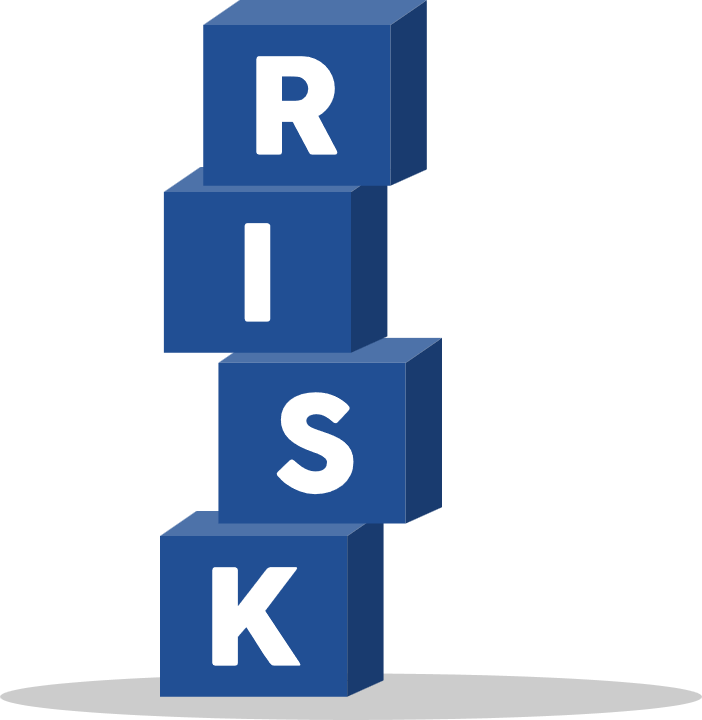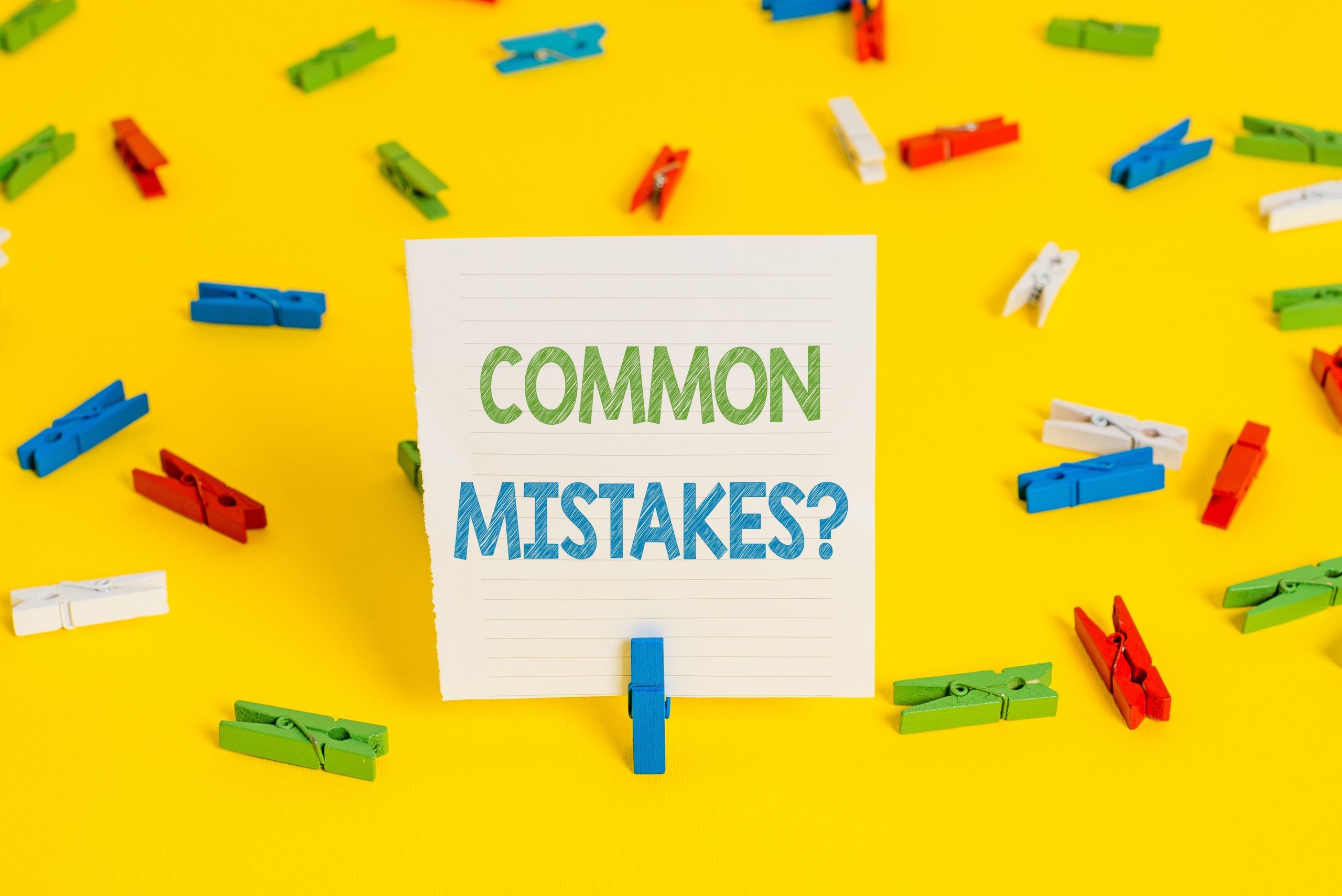Capitalization Rates and Child Care Real Estate Value

The value of child care buildings and land (commercial real estate) often involves considering many things, including capitalization rates, often referred to simply as cap rates. In short, a cap rate reflects the risk associated with the property investment. It is also a projection/estimate of the rate of return the investment will provide.
In commercial real estate, cap rates are stated as a percentage. The cap rate to value is an inverse relationship. The lower the cap  rate, the less perceived risk and the higher the property value. A higher cap rate reflects a perceived higher risk, resulting in a lower property value. A higher cap rate may give investors a greater return on investment; however, the risk will also be greater.
rate, the less perceived risk and the higher the property value. A higher cap rate reflects a perceived higher risk, resulting in a lower property value. A higher cap rate may give investors a greater return on investment; however, the risk will also be greater.
How are Capitalization Rates Calculated?
The most common way to calculate a real estate cap rate is:
NOI (Net Operating Income – Rent)/Current Property Value = Capitalization Rate
For Example, The landlord charges the child care business owner $10,000 a month for the building and land. And the current value of the real estate (building and land is $1,400,000)
$120,000/$1,400,000 = 8.571% Cap Rate
(We multiplied by 100 to state the cap rate as a percentage) The cap rate of 8.571% also indicates that the investor will recover the initial investment in 8.5 years.
Inverting the Cap Rate can provide an estimated Property Value.
Estimated Property Value = Net Operating Income / Cap Rate
$1.400,070 = $120,000 / 8.571
This cap rate formula lets investors quickly compare various commercial real estate investments. This is helpful when investors look at various commercial real estate types—retail, office buildings, warehouses, or industrial real estate. The cap rate also allows investors to compare various child care real estate investments. For instance, the investor might be considering investing in three different opportunities – a child care building and land in a metropolitan area, one in a suburban area, or one in a more rural area. Of course, many other factors will be considered besides the cap rate. However, the cap rate is often a starting point, providing the investor with a quick analysis and metric for comparison.

Real estate investors, like investors of all types, often feel comfortable with certain levels of risk. Some commercial real estate investors may be okay with a higher cap rate of, say, 12% or more—meaning the investment may yield a higher return but also has a higher level of risk. Other commercial real estate investors may prefer a lower risk level and happily accept a lower cap rate of, say, 5%.
What results in higher or lower perceived risk in Child Care RE (buildings and land)?
- Location
- Area demographics
- General economy – local, regional, and national
- Older buildings – higher risk
- Credit worthy tenant
- Lower demand – for instance, located in a more rural area – higher risk
- Metropolitan area with high median household income, great location – lower risk.
- And many other things that can be perceived to increase or decrease risk
Why is it important for child care business owners to understand cap rates?
As a child care business owner, you must always have a feel for the value of your child care building and land. Commercial real estate values are not static and can change over time, with ups and downs in the real estate market and economy.
So, how do you determine what cap rate ranges are being seen in child care real estate?
I recommend that child care owners follow child care real estate for sale and lease listings on websites like LoopNet, Crexi, and their state’s larger commercial real estate listing websites. Child care owners can learn much about values, cap rates, and rental rates, all for free, by visiting these websites often. Should you know a qualified commercial real estate broker or appraiser in your area, they may be able to provide you with a general idea of the current cap rates of commercial real estate in the area.
How can Cap Rates for a child care property be decreased – resulting in a higher property value?
- Increases in net operating income (the lease/rent paid for the building and land)
- Lowing of expenses associated with real estate
- Low inflation and low interest rates will positively impact cap rates, generally resulting in decreased cap rates and higher property values.
- Well-maintained buildings are more appealing to real estate investors and are perceived as having less risk due to being well maintained. This can result in a small decrease in cap rate and an increase in property value.
Should you need assistance valuing your child care real estate or understanding current cap rates in the child care real estate market, reach out. At ChildCareOwner, we are always happy to assist child care business owners.




